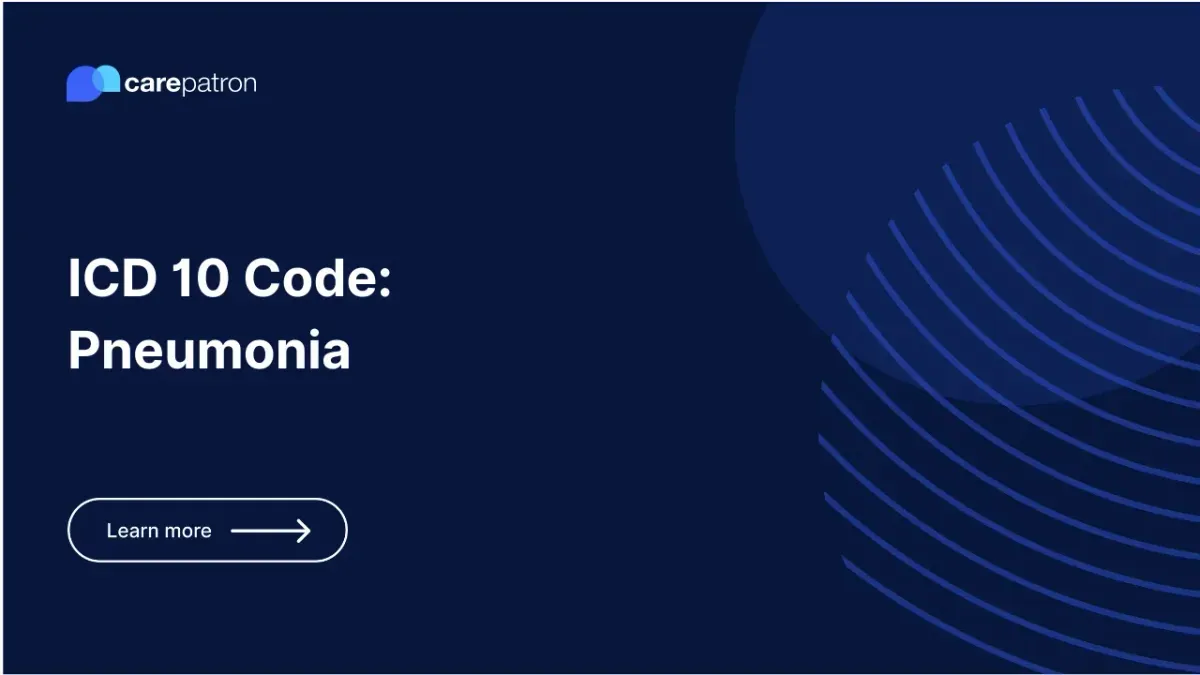
Pneumonia ICD-10-CM Codes
Learn more about Pneumobilia ICD codes you can use, whether its billable and more clinical information.
Use Code
EHR and practice management software
Get started for free
*No credit card required
Free
$0/usd
Unlimited clients
Telehealth
1GB of storage
Client portal text
Automated billing and online payments
